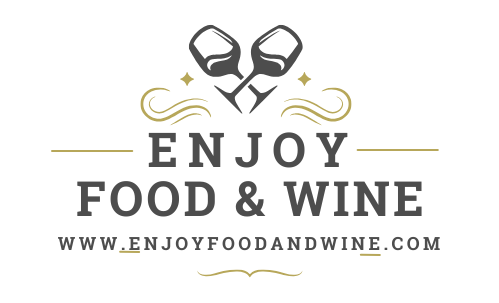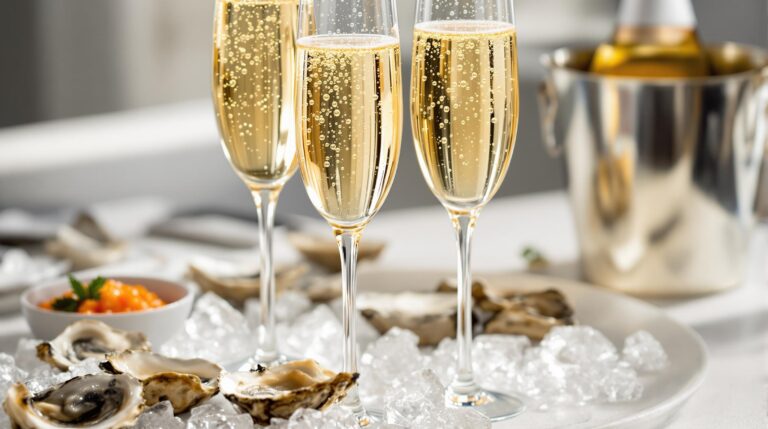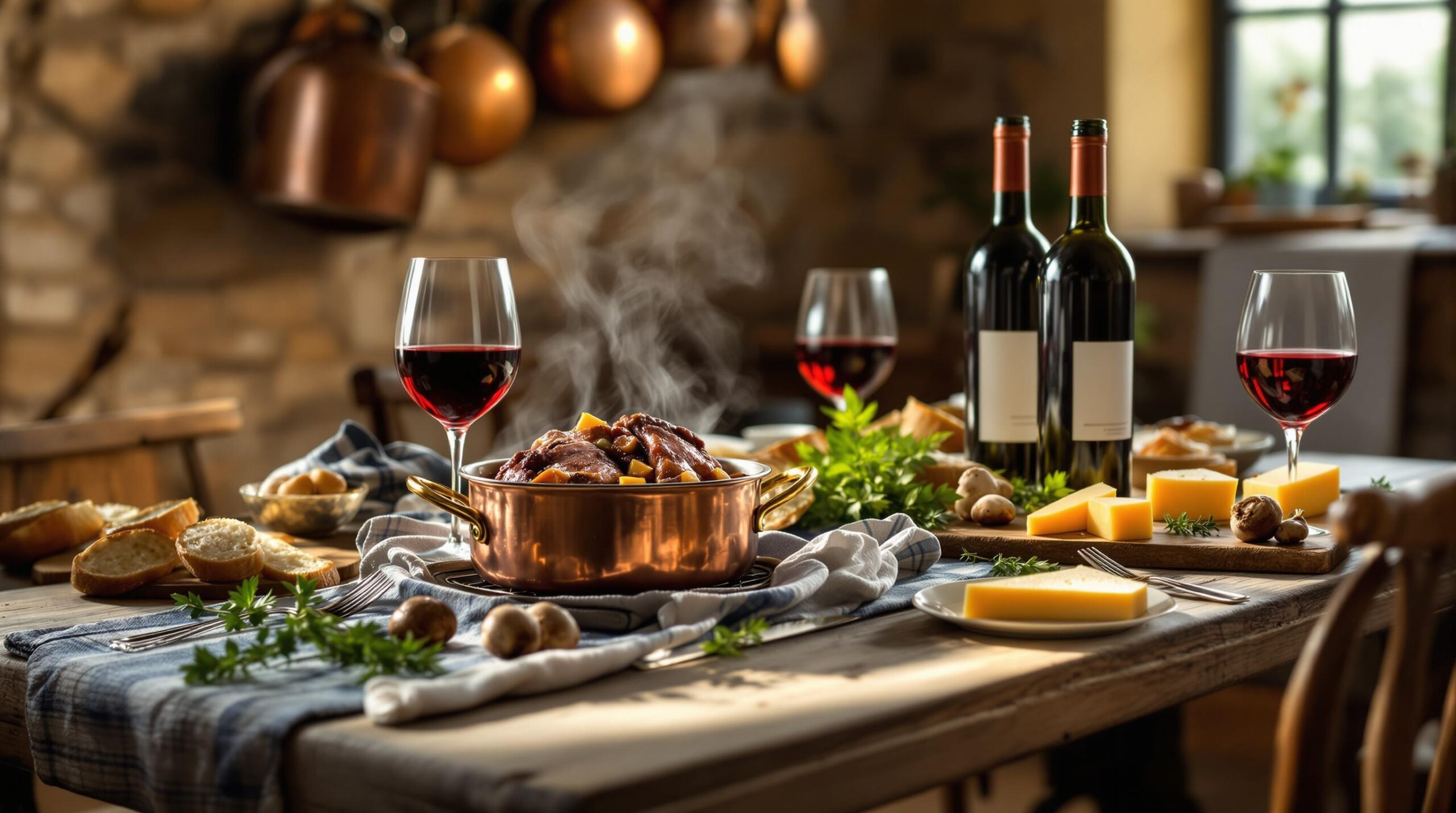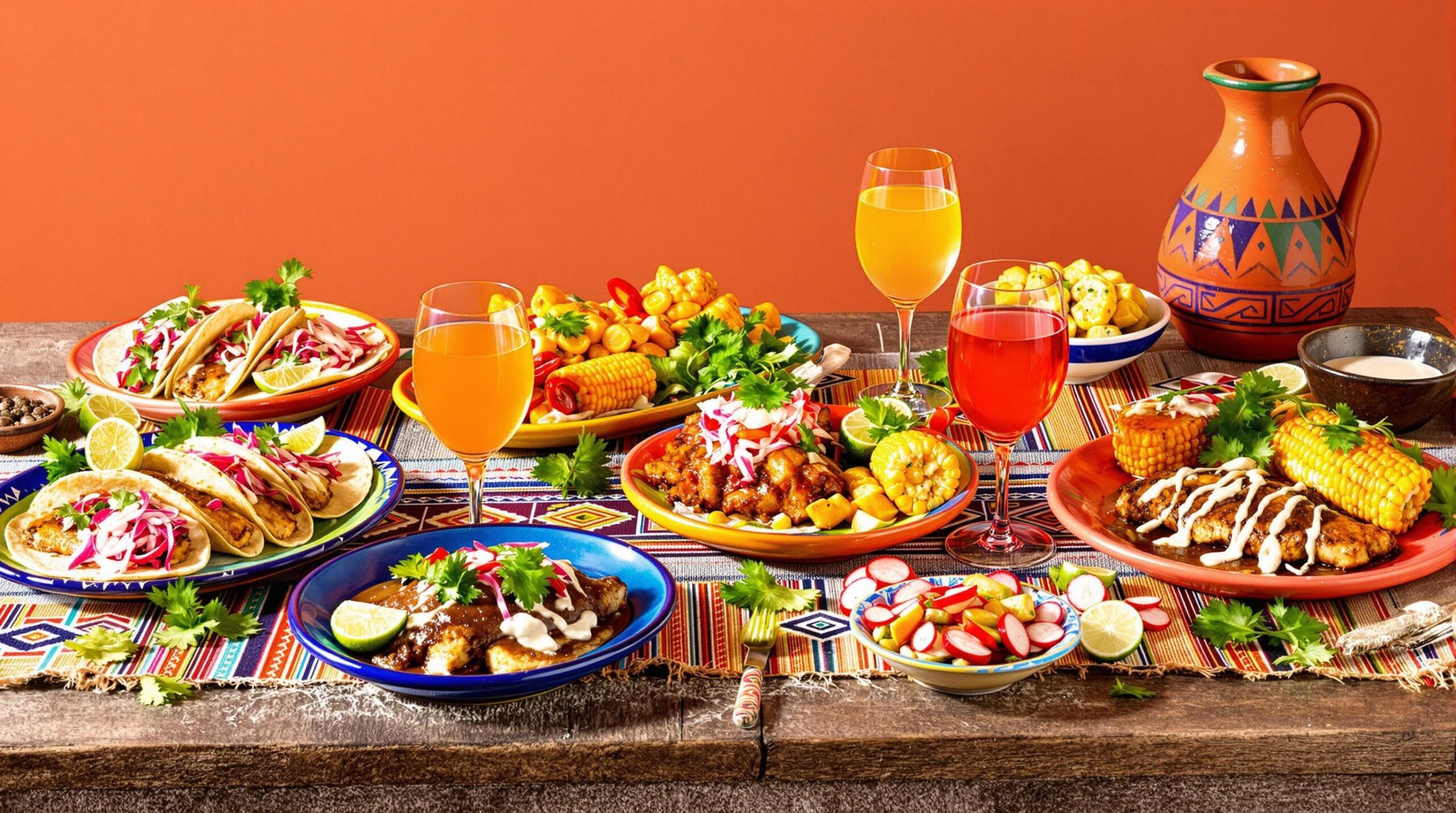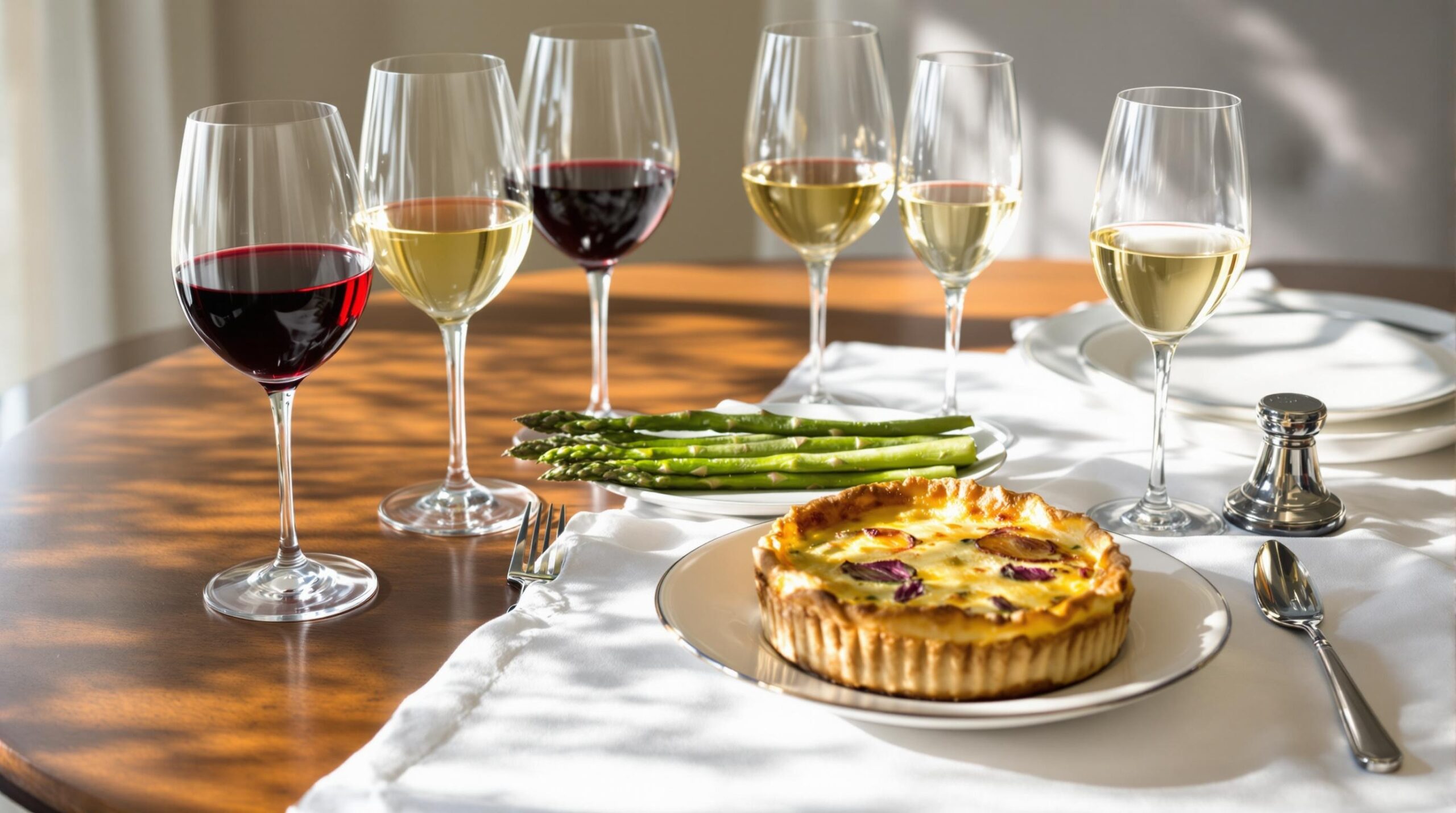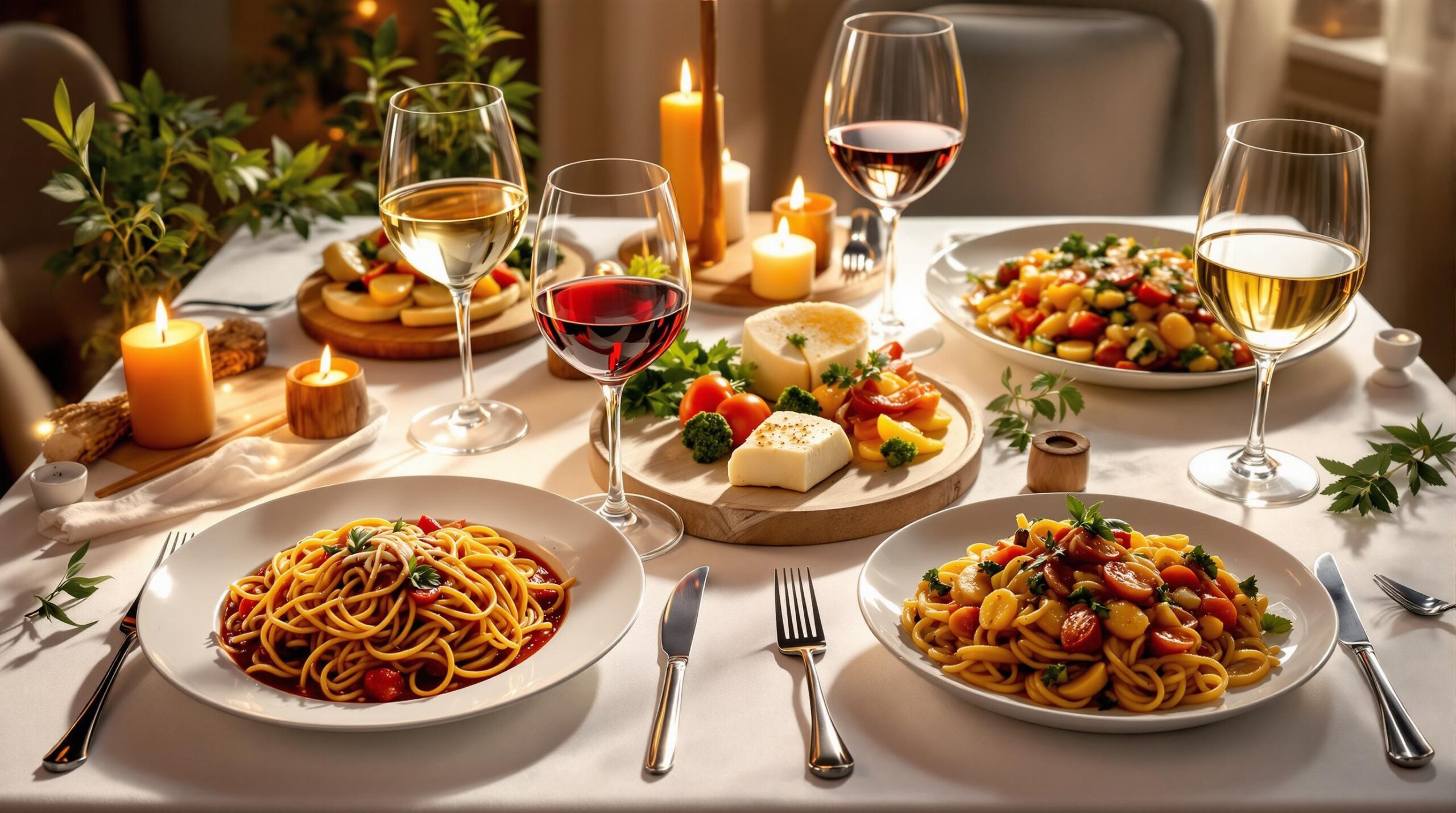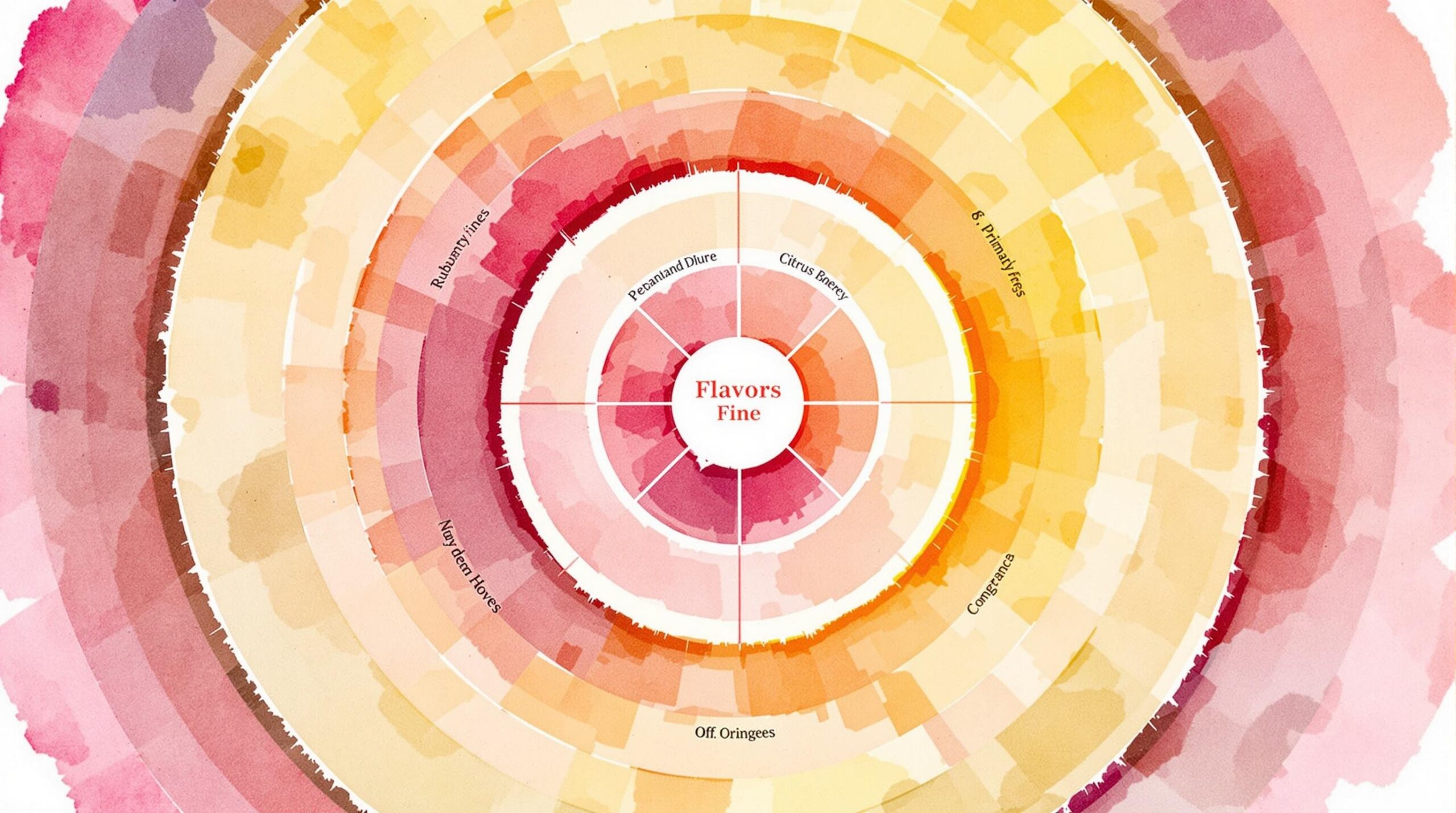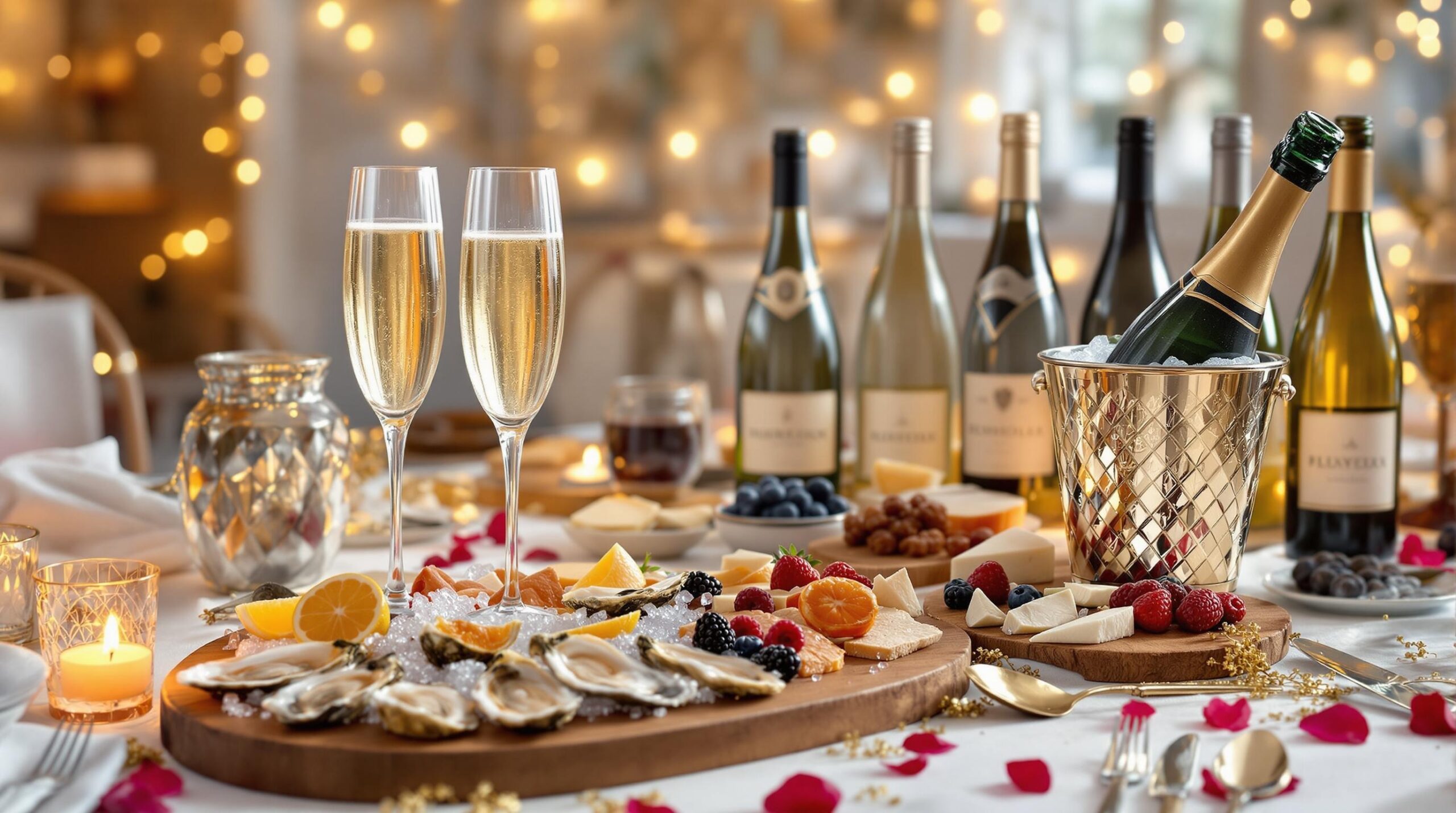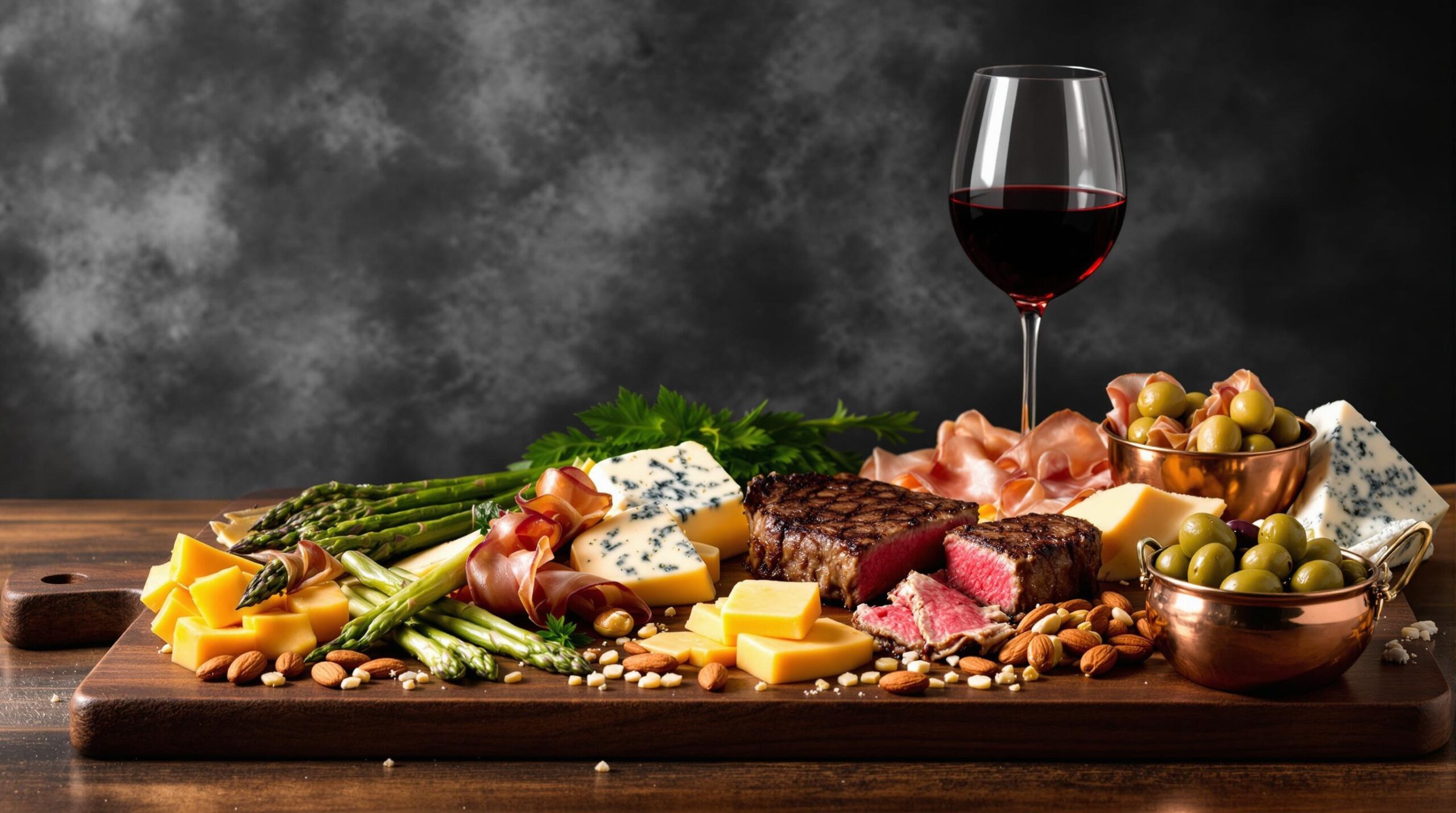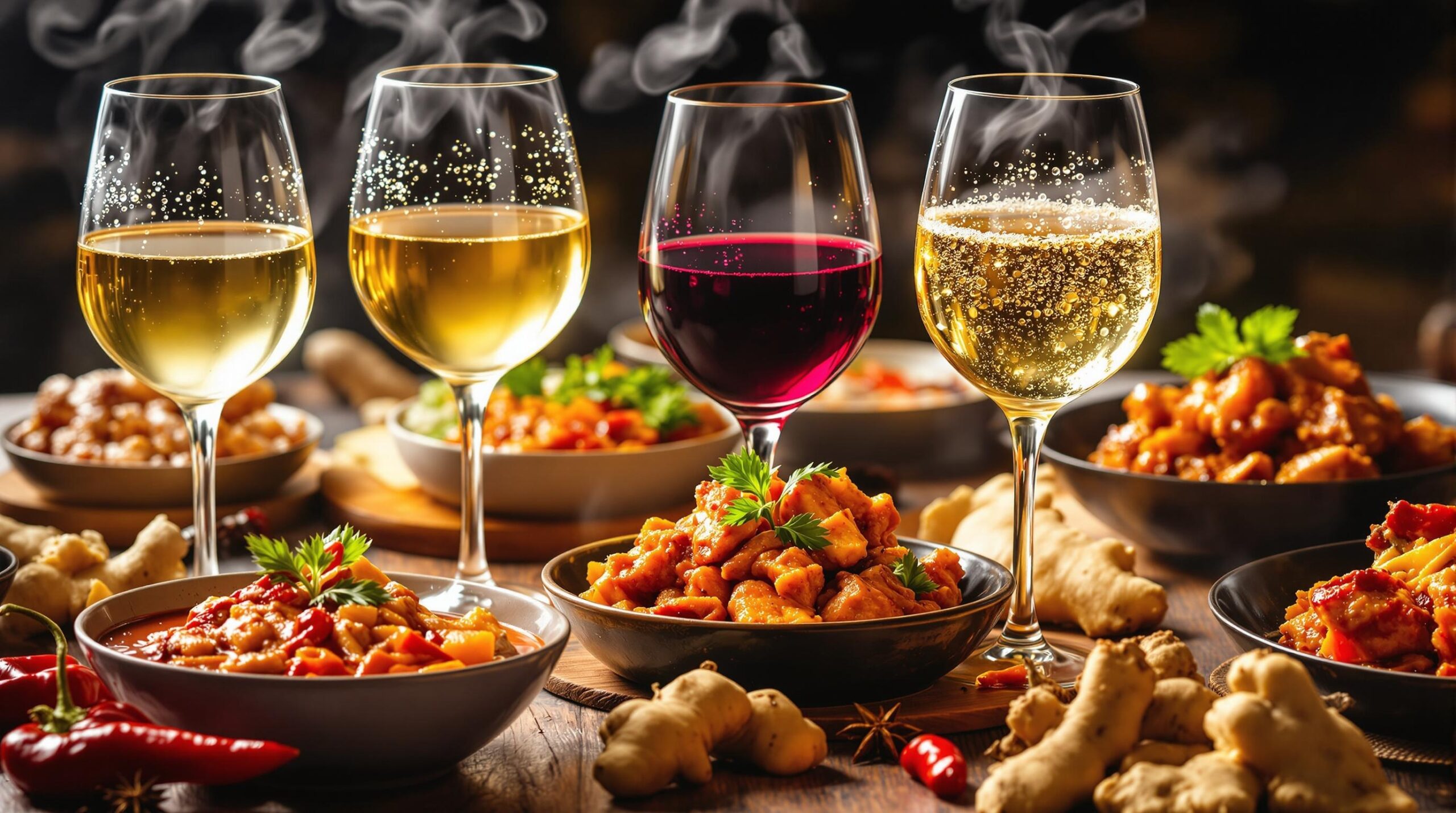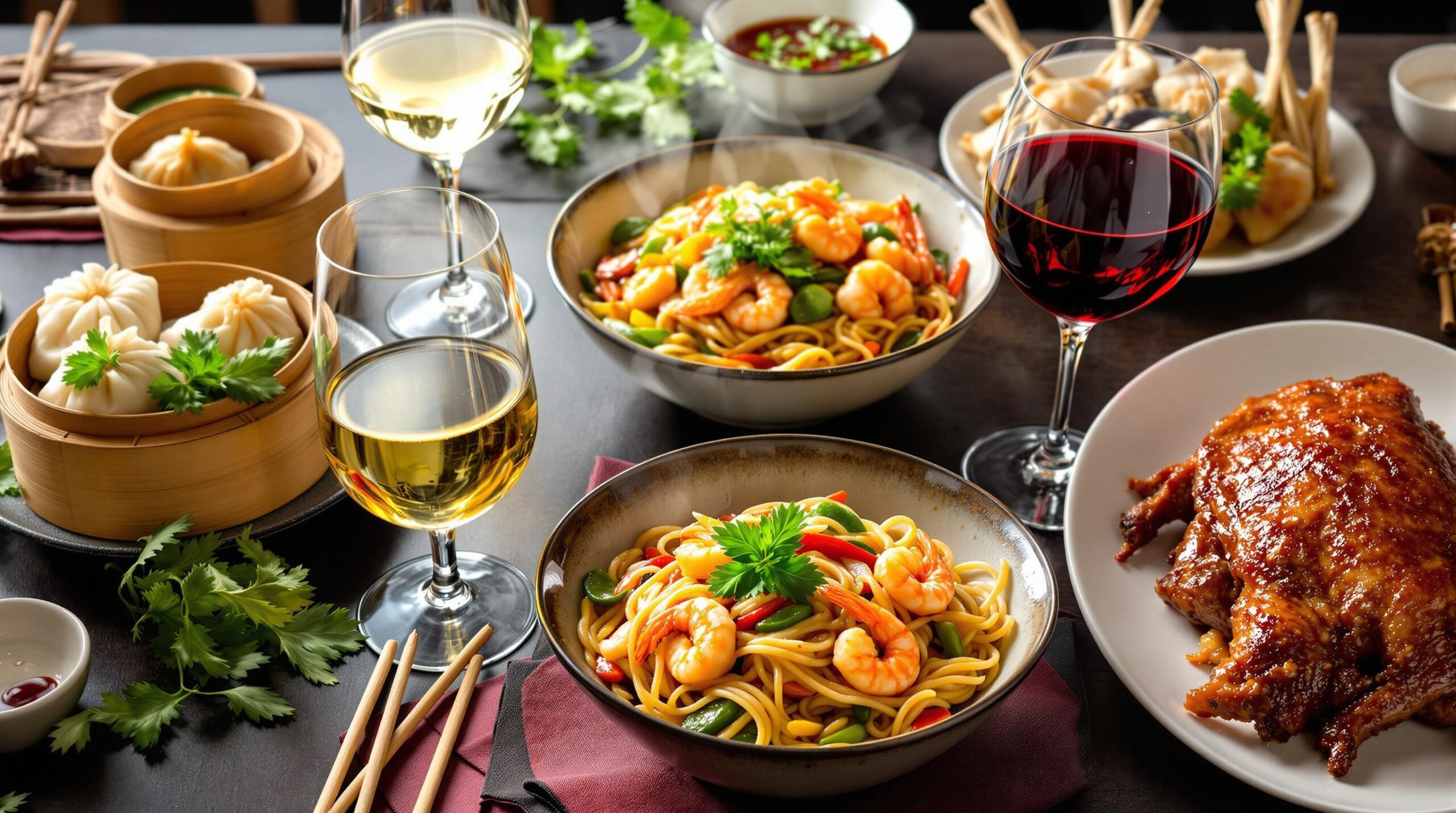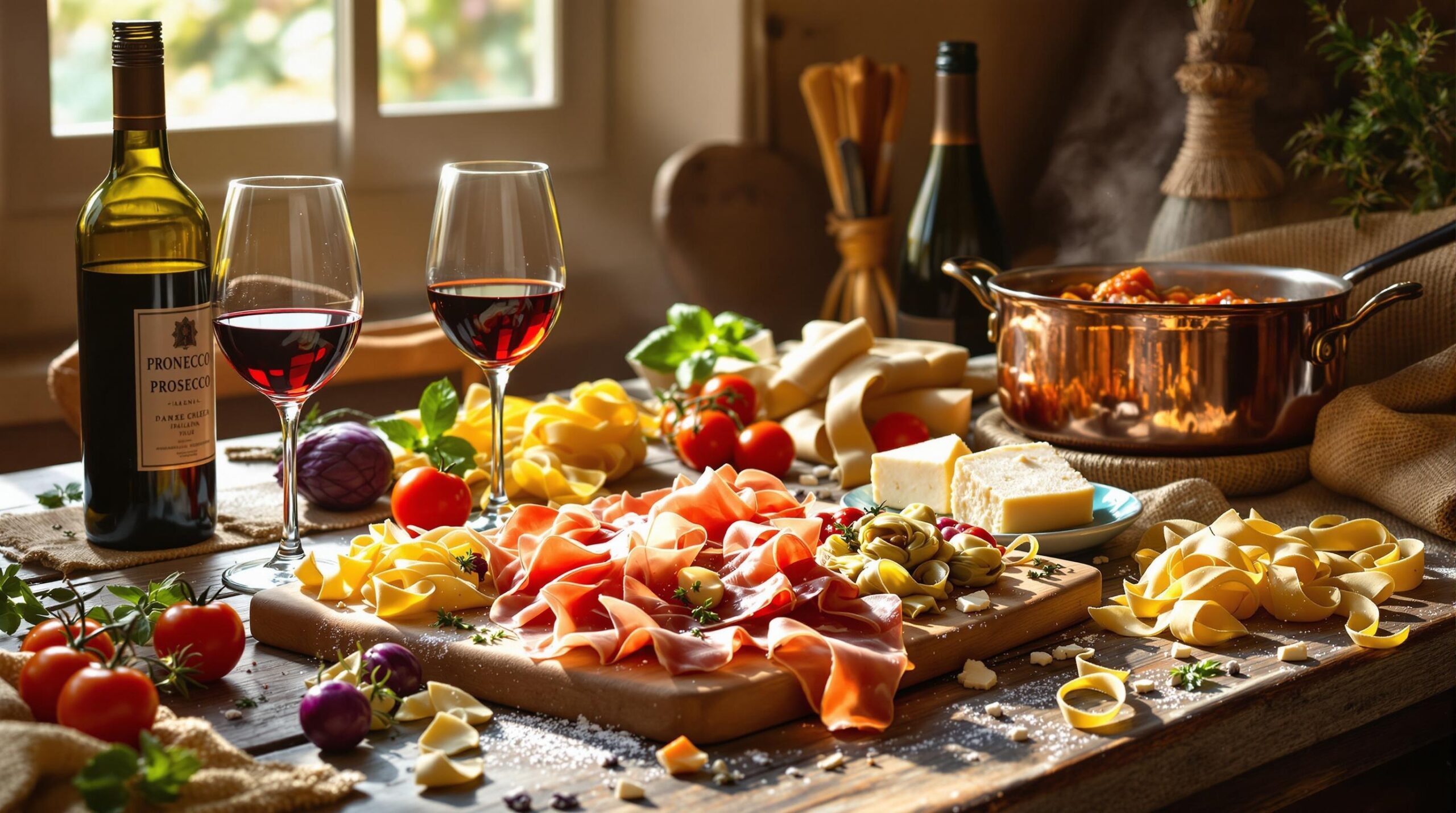Sparkling wine transforms ordinary moments into celebrations with its effervescence and complexity. From casual brunches to milestone events, these elegant bubbles add sophistication to any occasion.
Types of Sparkling Wine and Production Methods
The traditional method (méthode champenoise) creates the finest bubbles through secondary fermentation in the bottle. Tank method (Charmat) produces fresh, fruit-forward styles at lower price points.
- Champagne: From France’s Champagne region, made from Chardonnay, Pinot Noir, or Pinot Meunier
- Prosecco: Italian sparkling wine made primarily from Glera grapes
- Cava: Spanish sparkler using traditional method with local grape varieties
- Crémant: French sparkling wines from regions outside Champagne
Sweetness Levels and How to Choose
Understanding sweetness designations helps select the perfect bottle for your palate and occasion.
| Style | Sugar Content | Best For |
|---|---|---|
| Brut Nature | 0-3 g/L | Aperitifs, seafood |
| Extra Brut | 0-6 g/L | Light appetizers |
| Brut | 0-12 g/L | Most versatile |
| Extra Dry | 12-17 g/L | Fruit desserts |
Food Pairing Fundamentals
Sparkling wines enhance a wide range of foods through their acidity and bubbles. Match delicate wines with light dishes and fuller-bodied sparklers with richer foods.
- Classic pairings: Oysters, caviar, light pastries
- Unexpected matches: Fried foods, popcorn, aged cheeses
- Temperature tip: Serve between 45-50°F (7-10°C) for optimal flavor
Decoding Wine Labels and Making Smart Purchases
Wine labels contain essential information that helps predict taste and quality. Understanding label terminology guides better purchasing decisions.
- Vintage year: Indicates harvest date and potential aging
- Producer name: Reflects winemaking reputation and style
- Region: Suggests flavor profile and quality level
- Alcohol content: Higher levels indicate fuller body
Storage and Preservation Techniques
Proper storage maintains wine quality and prevents premature aging. Temperature fluctuations and light exposure are the main enemies of sparkling wine.
- Temperature: Keep consistent at 45-55°F (7-13°C)
- Position: Store bottles horizontally to keep corks moist
- Light exposure: Avoid direct sunlight and fluorescent lighting
- Humidity: Maintain 70-80% to prevent cork shrinkage
Value Recommendations by Price Point
Quality sparkling wines exist at every budget level. Focus on lesser-known regions and producers for the best value.
| Price Range | Recommended Types | Best Value Regions |
|---|---|---|
| Under $15 | Prosecco, Cava | Spain, Italy |
| $15-30 | Crémant, Premium Cava | Loire Valley, Penedès |
| $30-50 | Entry Champagne, Premium Crémant | Burgundy, Alsace |
Serving Tips for Maximum Enjoyment
Proper serving techniques enhance the sparkling wine experience. Simple adjustments in glassware and temperature make a significant difference.
- Glassware: Use tall, narrow flutes or white wine glasses
- Opening technique: Hold bottle at 45-degree angle, twist bottle not cork
- Pouring method: Fill glasses 2/3 full to preserve bubbles
- Temperature check: Chill for 3-4 hours before serving
Common mistakes to avoid:
- Storing in refrigerator long-term
- Serving too cold (masks flavors)
- Using dishwasher-cleaned glasses (reduces bubbles)
- Shaking bottle before opening
10 Common Questions About Sparkling Wines
What’s the difference between Champagne and other sparkling wines?
True Champagne comes exclusively from the Champagne region of France and uses specific grape varieties. Other sparkling wines like Prosecco, Cava, and Crémant use different grapes and production methods.
How should I store sparkling wine?
Store bottles in a cool, dark place between 45-65°F (7-18°C). Keep them away from vibrations and lay them horizontally to keep the cork moist.
What’s the proper serving temperature?
Serve sparkling wines between 45-50°F (7-10°C). Chill for 3-4 hours in the refrigerator or 30 minutes in an ice bucket filled with ice and water.
How do I open a bottle safely?
Hold the bottle at a 45-degree angle. Remove the foil and wire cage while keeping thumb on cork. Grip the cork firmly and slowly rotate the bottle (not the cork) until pressure releases with a soft “sigh.”
What glasses should I use?
Use tall, narrow flute glasses to preserve bubbles and aromatics. Traditional coupe glasses, while stylish, allow bubbles and aromas to dissipate quickly.
| Style | Characteristics | Food Pairings |
|---|---|---|
| Brut Nature | Bone dry | Oysters, sushi |
| Extra Brut | Very dry | Seafood, light appetizers |
| Brut | Dry | Most foods, versatile |
| Demi-Sec | Sweet | Desserts, fruits |
How long does sparkling wine last once opened?
Use a sparkling wine stopper to maintain bubbles for 1-3 days in the refrigerator. Quality decreases after opening, so consume within 24 hours for best results.
What are the best food pairings?
Sparkling wines pair well with salty foods, fried dishes, and light appetizers. They cut through rich foods and cleanse the palate between bites.
Does expensive always mean better?
Many excellent sparkling wines exist at moderate price points. Look for Crémant from France, Cava from Spain, or Prosecco from Italy as quality alternatives to Champagne.
What causes the bubbles?
Bubbles form during secondary fermentation when yeast converts sugar to alcohol and carbon dioxide. The method and duration affect bubble size and persistence.
How do I judge quality?
Look for fine, persistent bubbles that form continuous streams. Quality sparkling wines have complex aromas and balanced flavors without excessive sweetness or acidity.
Quick Tips for Enjoying Sparkling Wines
- Don’t wait for special occasions – sparkling wines pair well with everyday meals
- Store extra bottles in wine refrigerator or cool basement
- Buy from reputable retailers to ensure proper storage history
- Consider starting with Prosecco or Cava to explore styles affordably
- Learn basic terminology: Brut means dry, Blanc de Blancs means white grapes only
